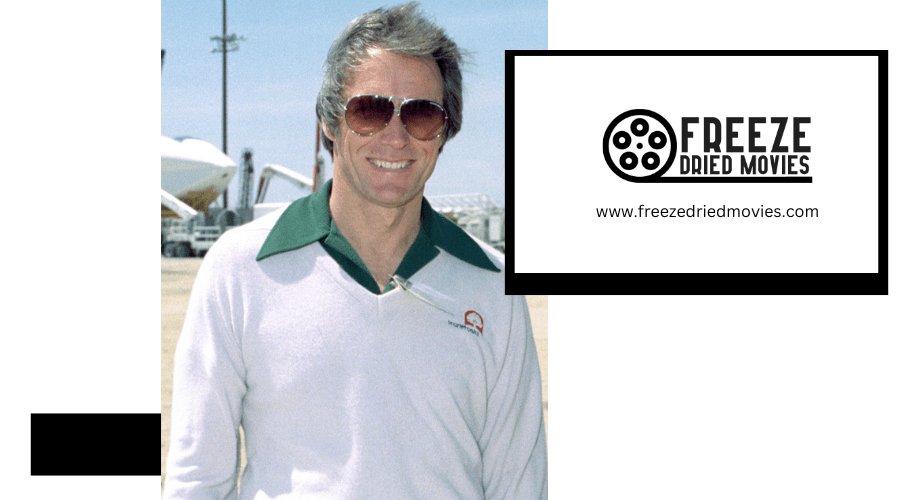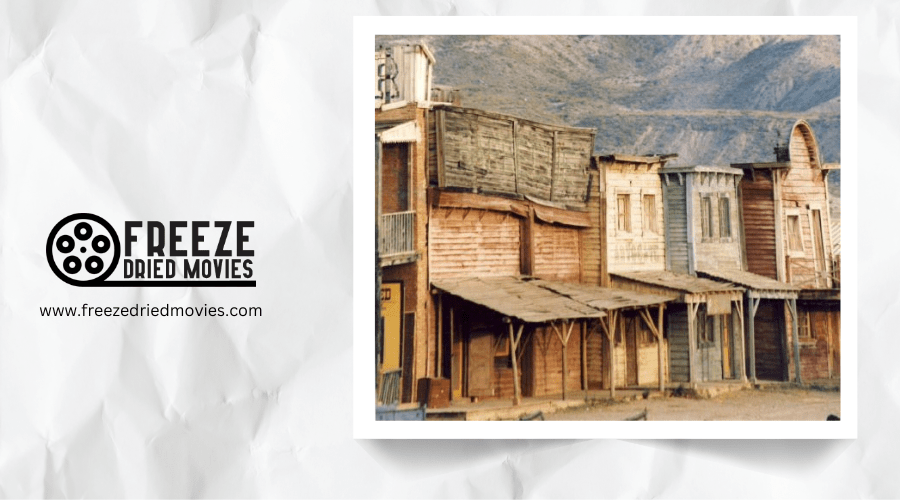Global Distribution of Spaghetti Westerns: Italy to Hollywood

You've likely watched a Spaghetti Western without realizing its Italian origins. In the 1960s, these low-budget films made in Europe traveled across oceans to transform the American Western genre forever. With Clint Eastwood's squinting eyes and Ennio Morricone's haunting whistles, these films didn't just find audiences—they created cultural phenomena. But how did productions hampered by language barriers and limited resources manage to conquer Hollywood, the very industry they were imitating?
Global Distribution of Spaghetti Westerns: Italy to Hollywood

From humble beginnings in Italian studios to silver screens worldwide, Spaghetti Westerns carved an unexpected path to global prominence. You've probably seen how these Italian-made Western films transformed from niche productions to international box office sensations after Sergio Leone's "A Fistful of Dollars" (1964) broke through.
The distribution strategy was remarkably shrewd. Italian producers didn't work alone—they formed strategic partnerships with Spanish, German, and American companies to secure worldwide release. You'll notice many of these movies underwent significant changes for international audiences, including dubbing and re-editing for Hollywood distribution.
Though initially met with skepticism, these films ultimately conquered global markets. What began in Italy's cost-effective studios eventually influenced Hollywood itself, forever changing how Western movies were conceived, shot, and distributed internationally.
While Spaghetti Westerns were gaining international fame, John Wayne continued to perfect the classic American Western archetype through his enduring partnership with director John Ford.
The Birth of a Genre: From Italian Studios to International Markets

The genesis of Spaghetti Westerns began in the early 1960s, when resourceful Italian filmmakers recognized an opportunity in the global appetite for American Westerns. These low-budget productions quickly evolved into international collaborations, bringing together Italian directors, Spanish crews, and multinational actors at one time.
Most spaghetti Westerns were filmed at Rome's Cinecittà Studios and on location throughout southern Spain and Italy, whose landscapes perfectly mimicked the American frontier. The first spaghetti Western to achieve significant international recognition was Sergio Leone's "A Fistful of Dollars" (1964), which launched the genre into popular consciousness worldwide.
This Italian film phenomenon exploded between 1960-1978, with over 600 European Westerns made and distributed internationally, primarily in Italian or with Italian dubbing. The genre emerged decades after D.W. Griffith's influence had established Hollywood as the world's filmmaking capital with pioneering works like "In Old California" (1910).
Distribution Strategies and Marketing Techniques in European Territories
Across European markets, distribution strategies for Spaghetti Westerns evolved from basic theatrical releases to complex cross-border marketing campaigns that maximized limited budgets. You'd find production companies proudly advertising their films as "made in Italy," positioning them as Italy's answer to American Westerns. Despite low budgets, these films created a widestream image by emulating the CinemaScope look of Hollywood productions.
Italian directors of Spaghetti Westerns embraced innovative marketing strategies, including dubbed releases across multiple territories simultaneously. The "spaghetti" label itself became a selling point rather than a criticism, highlighting Italian cinema's unique take on the genre.
When successful Spaghetti Western franchises like the "Trinity" comedies emerged, distributors capitalized on their popularity by creating themed promotional materials that emphasized both action and humor across European markets. Much like how creature features films of the 1950s tapped into nuclear anxieties, these Westerns addressed post-war European concerns through their distinctive visual style.
Breaking Into American Cinema: Clint Eastwood and the Dollars Trilogy

While European audiences had already embraced Spaghetti Westerns, these Italian-produced films truly broke into American cinema through the landmark "Dollars Trilogy" starring Clint Eastwood.
Sergio Leone's innovative visual style paired with Ennio Morricone's haunting scores created a distinct aesthetic that challenged Hollywood westerns. You're witnessing film history when Eastwood's "Man with No Name" character appears on screen—his minimalist approach shattered conventional hero stereotypes.
The trilogy's critical and commercial success, grossing over $25 million globally, established an international co-production model that became the genre's template. This breakthrough catapulted Eastwood to stardom and influenced his later directing career, including classics like The Outlaw Josey Wales.
The Dollars Trilogy didn't just introduce Americans to spaghetti westerns—it revolutionized the entire western genre.
Cultural Impact and Audience Reception Across Continents
Despite originating in Europe, Spaghetti Westerns achieved remarkably different cultural resonance depending on where you lived. In Italy, these financially successful Italian Westerns, or western allitaliana, represented national cinematic pride, while American viewers initially dismissed them as foreign imitations.
You'll notice how these films subverted traditional Western tropes with protagonists of questionable and selfish morals, unlike Hollywood's clearly identifiable heroes and villains. The best Spaghetti Westerns influenced mainstream and popular directors globally, cementing the Revisionist Western subgenre's legitimacy.
In Latin America and Asia, audiences connected with themes of oppression and resistance, while European viewers appreciated their artistic merits. Today, you'll find their enduring legacy everywhere - from special screenings to merchandise celebrating their cult status across continents.
Andrea Martella, Ingressostorico cinecitta, CC BY-SA 4.0



